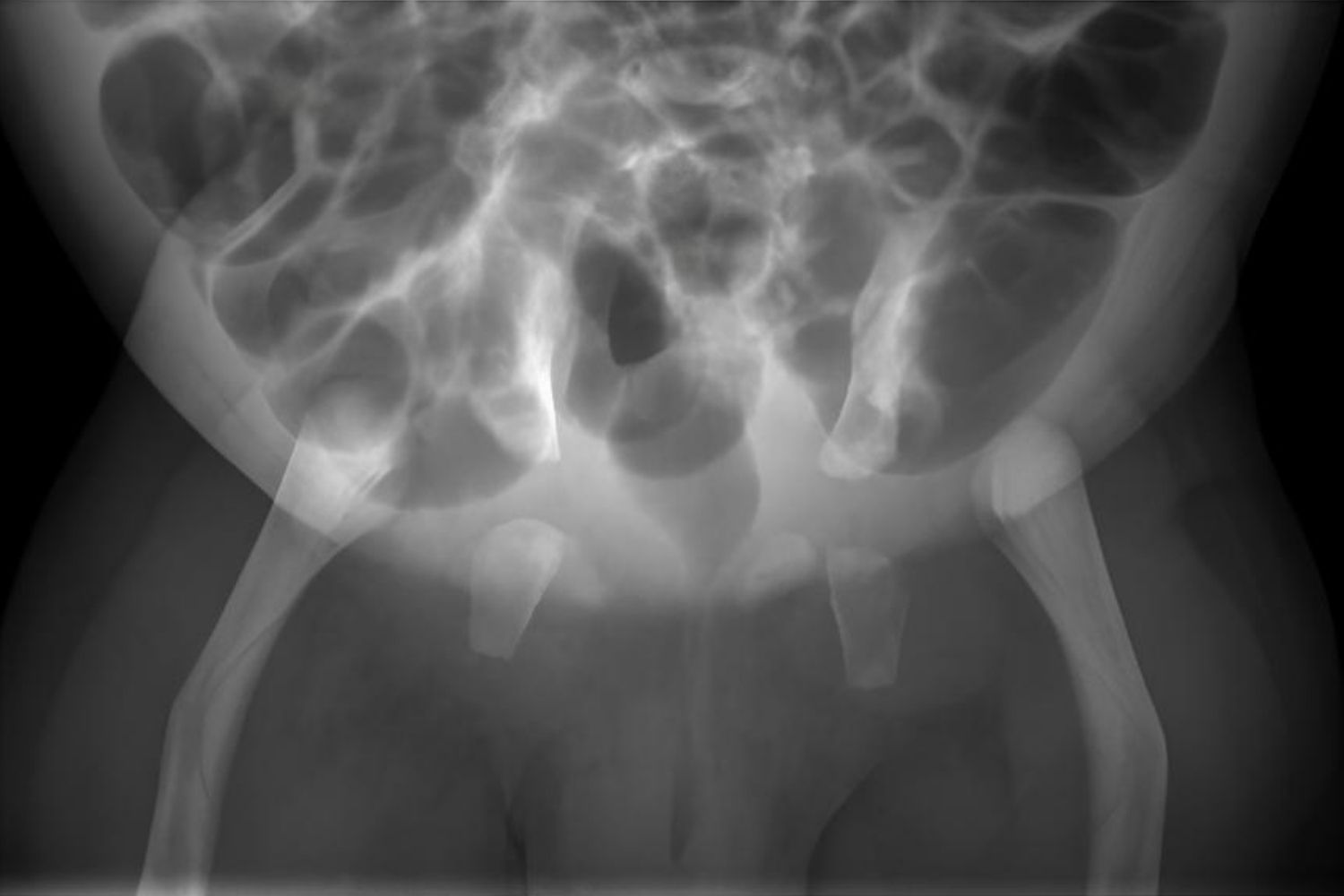
Ischiopatellar dysplasia is a rare genetic condition that affects bone development, particularly in the hips and knees. But what exactly is isochromosome 18p, and how does it relate to this condition? Isochromosome 18p is a chromosomal abnormality where the short arm of chromosome 18 is duplicated, leading to various developmental issues. This genetic anomaly can contribute to the symptoms seen in ischiopatellar dysplasia, such as joint pain, limited mobility, and skeletal abnormalities. Understanding the link between ischiopatellar dysplasia and isochromosome 18p helps in diagnosing and managing the condition more effectively. While the condition is rare, awareness and knowledge can aid in early detection and treatment, improving quality of life for those affected. Genetic counseling and regular medical check-ups become crucial for families dealing with this condition.
Key Takeaways:
- Ischiopatellar dysplasia affects bone development, causing mobility issues and joint pain. Understanding its genetic origin and management strategies can improve quality of life for those affected.
- Isochromosome 18p, a rare chromosomal abnormality, can be linked to ischiopatellar dysplasia, leading to developmental delays and cognitive challenges. Research and support are crucial for affected individuals and their families.
Understanding Ischiopatellar Dysplasia
Ischiopatellar dysplasia is a rare genetic disorder affecting bone development, particularly in the pelvis and knees. This condition can lead to various physical challenges, but understanding it can help in managing symptoms effectively. Here are some intriguing facts about ischiopatellar dysplasia.
-
Genetic Origin: This condition is caused by mutations in the TBX4 gene, which plays a crucial role in limb and pelvic development.
-
Inheritance Pattern: It follows an autosomal dominant pattern, meaning a single copy of the mutated gene can cause the disorder.
-
Physical Characteristics: Individuals often have underdeveloped or absent kneecaps, leading to mobility issues.
-
Pelvic Abnormalities: The pelvis may be abnormally shaped, which can affect walking and posture.
-
Growth Delays: Children with this condition might experience slower growth rates compared to their peers.
-
Joint Pain: Many individuals report chronic joint pain, particularly in the knees and hips.
-
Limited Range of Motion: The condition can restrict movement in the affected joints, impacting daily activities.
Isochromosome 18p and Its Connection
Isochromosome 18p is a chromosomal abnormality that can sometimes be associated with ischiopatellar dysplasia. This section explores the link between the two.
-
Chromosomal Abnormality: Isochromosome 18p involves the duplication of the short arm of chromosome 18, leading to developmental issues.
-
Rare Occurrence: Both ischiopatellar dysplasia and isochromosome 18p are rare, making their combination even less common.
-
Developmental Delays: Children with isochromosome 18p may experience developmental delays, including speech and motor skills.
-
Facial Features: Some individuals may have distinct facial features, such as a broad forehead or a flat nasal bridge.
-
Cognitive Challenges: There can be varying degrees of cognitive impairment, affecting learning and social interactions.
-
Behavioral Issues: Some may exhibit behavioral challenges, including hyperactivity or attention deficits.
-
Medical Monitoring: Regular medical check-ups are crucial to monitor growth and development in affected individuals.
Managing Life with Ischiopatellar Dysplasia
Living with ischiopatellar dysplasia requires a comprehensive approach to manage symptoms and improve quality of life. Here are some strategies and facts about managing this condition.
-
Physical Therapy: Regular physical therapy can help improve mobility and strengthen muscles around affected joints.
-
Surgical Interventions: In some cases, surgery may be necessary to correct severe bone deformities or improve joint function.
-
Pain Management: Pain relief can be achieved through medication, physical therapy, or alternative therapies like acupuncture.
-
Assistive Devices: Using braces or orthotic devices can aid in walking and reduce strain on joints.
-
Nutritional Support: A balanced diet rich in calcium and vitamin D supports bone health.
-
Support Groups: Joining support groups can provide emotional support and practical advice from others with similar experiences.
-
Educational Support: Tailored educational plans can help children with cognitive challenges succeed in school.
Research and Future Directions
Ongoing research aims to better understand ischiopatellar dysplasia and develop more effective treatments. Here's what's happening in the field.
-
Genetic Studies: Researchers are studying the TBX4 gene to uncover more about its role in bone development.
-
Clinical Trials: New therapies are being tested in clinical trials to improve outcomes for those affected.
-
Gene Therapy: Advances in gene therapy hold promise for correcting genetic mutations in the future.
-
Awareness Campaigns: Efforts to raise awareness about rare genetic disorders can lead to earlier diagnosis and better support for families.
Final Thoughts on Ischiopatellar Dysplasia Isochromosome 18P
Ischiopatellar Dysplasia Isochromosome 18P might sound like a mouthful, but understanding it helps those affected and their families. This rare genetic condition involves chromosomal abnormalities that can lead to skeletal issues and other health challenges. While the condition is complex, advancements in genetic research offer hope for better diagnosis and management. Early intervention and personalized care are crucial for improving quality of life. Families dealing with this condition should seek support from healthcare professionals and connect with communities for shared experiences and advice. Awareness and education can make a significant difference in navigating the challenges associated with Ischiopatellar Dysplasia Isochromosome 18P. By staying informed and proactive, individuals and families can better manage the condition and advocate for necessary resources and support. Knowledge truly empowers those facing this rare genetic disorder, fostering a more inclusive and understanding environment.
Frequently Asked Questions
Was this page helpful?
Our commitment to delivering trustworthy and engaging content is at the heart of what we do. Each fact on our site is contributed by real users like you, bringing a wealth of diverse insights and information. To ensure the highest standards of accuracy and reliability, our dedicated editors meticulously review each submission. This process guarantees that the facts we share are not only fascinating but also credible. Trust in our commitment to quality and authenticity as you explore and learn with us.
